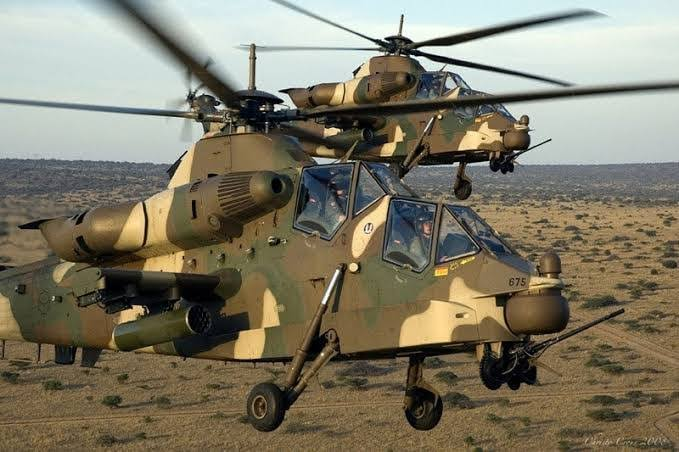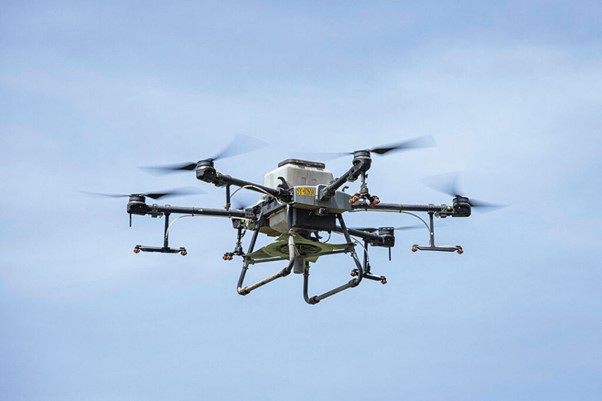
THE SPACE RACE: AFRICA’S EMERGING AEROSPACE PROGRAMMES
Africa’s skies are no longer just a backdrop to other powers’ ambitions they are becoming the continent’s launch pads. By 2025, African governments and private players are accelerating investments across satellites, aviation, and emerging mobility technologies to tackle climate monitoring, disaster response, and economic connectivity. From Nigeria’s earth-observation constellations to billion-dollar airport projects in Ethiopia, Africa is shifting from peripheral participation to proactive leadership, reshaping the global narrative about who commands the next frontier.
The continent’s space story began in the late 20th century but gained real momentum after the African Union’s 2016 Space Policy and Strategy, which envisioned an integrated framework for continental cooperation. South Africa’s SUNSAT in 1999 and Nigeria’s NigeriaSat-1 in 2003 were early milestones for Earth observation and resource mapping. Through the 2010s, Algeria, Egypt, and others added constellations for agricultural monitoring and border surveillance. What began as scattered and underfunded experiments has matured into a purposeful sector. Satellite data now supports anti-poaching in Kenya, flood forecasting in Mozambique, and smart agriculture in Ghana demonstrating how space technology can serve development on the ground.
Related Article: NAVIGATING THE SKIES: WHY MILITARY AIRCRAFT MAINTENANCE IS AFRICA’S NEXT AVIATION IMPERATIVE
A handful of nations have emerged as leaders. South Africa and Egypt each operate more than a dozen satellites, used for environmental surveillance and high-resolution imaging. Nigeria’s NASRDA has seven, including Nigeria Sat-X launched in 2024 for disaster management. Algeria, Morocco, and Angola have increased their commitments as well, collectively investing more than $500 million annually in space activity. These achievements reflect a pragmatic approach: using space as a tool for tangible progress rather than symbolic prestige.
A watershed moment arrived in 2025 with the creation of the African Space Agency (AfSA), headquartered in Egypt’s New Administrative Capital. Supported by the AU and funded partly through the EU’s Africa-EU Space Partnership Programme, AfSA aims to harmonize regulations, share data, and coordinate joint missions. Its early initiatives include collaborative climate tracking and disaster-response systems. By providing a unified institutional framework, AfSA allows smaller countries such as Rwanda and Ghana to participate meaningfully without the cost of building full-scale national agencies.
Meanwhile, Africa’s aviation sector is soaring under the Single African Air Transport Market (SAATM), which 38 countries had joined by March 2025. The agreement liberalizes airspace across the continent, opening new routes and cutting fares by up to 30% on some corridors. Ethiopian Airlines exemplifies this transformation, operating the largest fleet in Africa and training more than 10,000 pilots through its aviation academy in Addis Ababa. Major infrastructure projects like Rwanda’s Bugesera
International Airport—set to open in 2026—and Ethiopia’s $10 billion Bishoftu Airport are positioning regional hubs to handle surging passenger and cargo demand.
Innovation in air mobility is also gaining altitude. The 2025 Aviation Africa Summit in Kigali showcased drones and electric vertical take-off and landing vehicles (eVTOLs) for medical deliveries and cargo transport in remote areas. Sustainability is another growing focus. Through initiatives like the Carbon Offsetting and Reduction Scheme for International Aviation (CORSIA), adopted by 20 African states, the sector is pivoting toward greener practices, with several countries planning to mandate sustainable aviation fuel by the end of the decade.
Collectively, Africa’s aerospace industries already support about 8 million jobs and contribute $75 billion to GDP, with passenger traffic exceeding pre-pandemic levels by 8%. Yet growth faces constraints. Africa’s total space budget remains modest only $426 million in 2025 while aviation struggles with high fuel prices, limited infrastructure, and a looming talent shortage. Boeing projects the continent will need 69,000 new personnel by 2044, including 21,000 pilots, underscoring an urgent need for training pipelines.
Funding shortfalls, regulatory fragmentation, and climate vulnerability continue to challenge progress. Many space programs compete with healthcare and education for public resources, while uneven oversight complicates cross-border operations. Aviation operators must navigate volatile markets and aging airports, even as climate change threatens to intensify weather disruptions and strain infrastructure resilience.
Still, the trajectory is upward. AfSA’s roadmap targets indigenous launch capability by 2030, reducing dependence on foreign rockets and expanding Africa’s role in global missions. SAATM could double passenger traffic by 2044, unlocking more than $200 billion in trade and investment. Partnerships with NASA, ESA, and private companies are advancing technology transfer, while events like the African Space Solutions Market in Abidjan are nurturing a vibrant ecosystem of start-up’s and investors.
Ultimately, Africa’s aerospace expansion is about resilience and inclusion, not competition for prestige. Satellites monitor droughts and deforestation, aircraft connect remote markets, and drones deliver medicines across isolated regions. These programs are laying the foundation for a technologically self-reliant continent one that uses the skies not just to look outward but to build inward strength.
King Richard Igimoh, Group Editor ALO
King Richard Igimoh, Group Editor African Leadership Organisation is an award-winning journalist, editor, and publisher with over two decades of expertise in political, defence, and international affairs reporting. As Group Editor of the African Leadership Organisation—publishers of African Leadership Magazine, African Defence & Security Magazine, and Africa Projects Magazine—he delivers incisive coverage that amplifies Africa’s voice in global security, policy, and leadership discourse. He provides frontline editorial coverage of high-profile international events, including the ALM Persons of the Year, the African Summit, and the African Business and Leadership Awards (ABLA) in London, as well as the International Forum for African and Caribbean Leadership (IFAL) in New York City during the United Nations General Assembly.
Recent Posts
Categories
- Air & Aerospace15
- Border Security14
- Civil Security3
- Civil Wars4
- Crisis4
- Cyber Security4
- Defense15
- Diplomacy17
- Entrepreneurship1
- Events5
- Global Security Watch6
- Industry6
- Land & Army7
- Leadership & Training3
- Military Aviation2
- Military History27
- Military Speeches1
- Naval & Maritime8
- Resources1
- Security12
- Special Forces1
- Systems And Technology8
- Tech6
- Uncategorized3
- UNSC1
- Veterans6
- Women in Defence9
Related Articles
AFRICAN AIR FORCES RISE TO THE FOREFRONT IN COUNTERTERRORISM OPERATIONS
Across the vast and volatile regions of Africa, air forces once limited...
ByKing Richard Igimoh, Group Editor ALONovember 21, 2025MILITARY HELICOPTERS IN AFRICAN OPERATIONS
Military helicopters have become important assets in African operations, offering unmatched versatility...
ByKing Richard Igimoh, Group Editor ALOSeptember 23, 2025UNMANNED AERIAL SYSTEMS: GAME CHANGERS IN AFRICAN CONFLICTS
In Africa’s conflict zones where rugged terrain once served as cover for ...
ByKing Richard Igimoh, Group Editor ALOSeptember 15, 2025AFRICA’S FIGHTER JET FLEETS: AN OVERVIEW
Africa’s air and aerospace sector has witnessed significant evolution in recent years,...
ByKing Richard Igimoh, Group Editor ALOAugust 22, 2025











